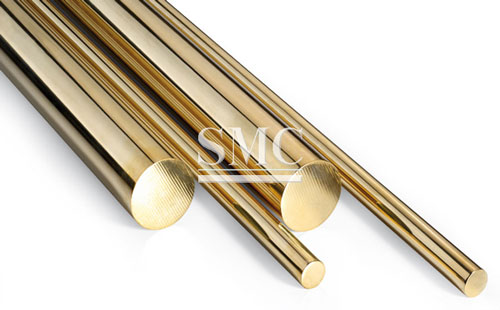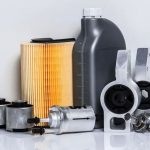(1) All elements reduce the electrical conductivity and thermal conductivity of the copper rod without exception. Any element is dissolved in the copper rod, causing the lattice distortion of the copper rod. When the free electrons are guided to flow, the wave will be scattered, and the resistivity will increase. On the contrary, there is no solid solubility or almost no solid solution in the copper rod. It has little effect on the heat conduction and heat conduction of the copper rod. It is important to note that the solid solubility of certain elements in copper rods decreases with temperature. It is greatly reduced, and precipitation of elements and metal compounds not only cures and disperses the strengthened copper rod alloy, but also reduces electrical conductivity. This is an important alloying principle for studying high strength and high conductivity alloys. It is pointed out that an alloy composed of iron, silicon, silicon, aluminum and copper rods is a very important high-strength and high-conductivity alloy. Alloying elements have an overlapping effect on the properties of copper rods, of which CoCr-Zr alloys are known for their high strength and high strength. Guide alloy.
(2) The structure of the copper-based corrosion-resistant alloy shall be single-phase to avoid electrochemical corrosion in the second phase of the alloy. The alloying elements added for this purpose should have a large solid solubility in the copper rod, even an infinitely miscible element. Single-phase brass rods, bronze rods and white copper rods used in engineering applications have excellent corrosion resistance. It is an important heat exchange material.

(3) There are soft phase and hard phase in the copper-based wear-resistant alloy structure. Therefore, in the alloying process, in addition to the solid solution in the copper rod, it is necessary to ensure that the added elements should be hard phase precipitated. In the developed automotive synchronizer gear alloy, phase a is a soft phase, the negative phase is a hard phase, and the phase is no more than 10%. Typical hard phases are Ni3Si, FeALSi compounds and the like.
(4) A copper rod alloy having a polycrystalline phase change in a solid state has damping characteristics, such as a Cu-Mn alloy; an alloy having a thermoelastic martensitic transformation in a solid state has memory characteristics such as Cu-Zn-Al, Cu-Al-Mn – base alloy.
(5) The color of the copper rod can be changed by adding alloying elements such as zinc, aluminum, tin, nickel and other elements. As the content changes, the color changes to red, green, yellow, and white, and is properly controlled. The content is imitation gold material and imitation silver alloy.
(6) Alloying elements of copper rods and alloys should be commonly used, inexpensive and non-polluting. The added elements should be based on a small number of principles. Alloy raw materials can be comprehensively utilized. The alloy should have excellent processing properties. Processed into a variety of finished and semi-finished products.
Guest contributors are welcome at the Alloy Wiki.It is a weekly wiki and guide on alloy information and processing technology, while also about the vast array of opportunities that are present in manufacturing. Our team of writers consists of a Machining Material Supplier / Machinist / Tool and Die Maker, a Biomedical Engineer / Product Development Engineer, a Job Development Coordinator / Adjunct Professor, and a President and CEO of a manufacturing facility.
Link to this article:Brass Rod Manufacturing Principle
Reprint Statement: If there are no special instructions, all articles on this site are original. Please indicate the source for reprinting:Alloy Wiki,thanks!^^


